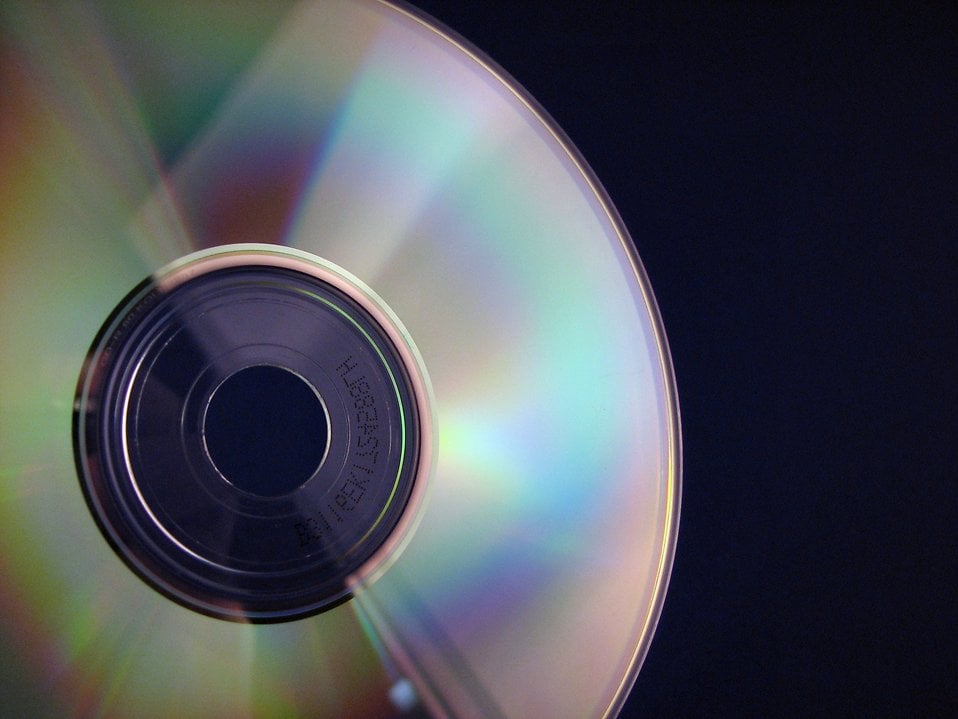3 Reasons Why CDs are Obsolete in Medical Imaging

Remember when transferring medical images meant giving a patient physical film?
Medical images on film were physically carried when needed in another location for a second opinion or other medical attention. The patient or referring physician held the responsibility of returning the images to their originating location once they were no longer needed. This process was revolutionized by the compact disc (CD). A single disc could hold copies of multiple imaging studies, meaning the images didn’t have to be returned to the originating provider. The CD could be shared or transferred by mail or hand-delivery and another copy could be made, if needed.
But today, CDs are a burden, rather than a blessing. They require expensive materials, labor and precious time, when a cloud-based alternative achieves the same purpose for a lower cost and less effort. It’s no question: CDs are obsolete in medical imaging. In a study by Yale’s School of Medicine, researchers wrote that CDs as a primary medical image delivery method were “an immediate issue” that needed attention. The sooner organizations make the switch to a newer, more efficient method, the better.
 We live in the era of cloud-storage and mobile technology. Our devices are becoming smarter, lighter, smaller (and then bigger and then smaller again - the trends seem to shift each year!) and, most importantly, more affordable.
We live in the era of cloud-storage and mobile technology. Our devices are becoming smarter, lighter, smaller (and then bigger and then smaller again - the trends seem to shift each year!) and, most importantly, more affordable.
Other industries have quickly evolved beyond the CD for data transfer and adopted newer technology. Unfortunately, the healthcare industry is notoriously slow to adopt new technology due to the heavy lift required to transfer their data and workflows, and the steep financial costs this sort of overhaul entails.
Transitioning to electronic medical image sharing is a much easier, inexpensive lift compared to changing an organization’s entire electronic health records (EHR) system, for example. Many healthcare institutions have adopted a cloud-based picture archiving and communication system (PACS) for internal storage, but they have yet to utilize this resource for sharing images with patients. They cling to physical CDs as a familiar method that “works just fine.” But this method is costing them thousands of dollars and will soon be completely obsolete, requiring an inevitable shift to cloud-based sharing.
Here are three reasons CDs are disappearing:
1. Advancing Technology for Better Accessibility
Cloud-based image management software and storage solutions paired with faster, stronger internet service can now handle large, complex files like medical images in DICOM format. These files can be shared without printing film or shipping a CD. A simple link can be shared securely, giving the physician or patient access to view or download their images.
Newer computers don’t even have disc drives, making it impossible to even open images stored on a CD. Users can always add a drive accessory to their device, but this is an unnecessary cost when cloud-based sharing through an online patient portal is an option.
2. Capacity and Portability Limitations
CDs are limited by their capacity and portability. While they are certainly easier to transfer than film, CDs can only hold so much data. A cloud-based PACS, on the other hand, has a substantially larger amount of storage space. Using this resource along with a web-based patient portal, a practice can manage, access and share their patients’ images - including large files like digital breast tomosynthesis (DBT) images - with ease.
Using CDs to transfer images incurs expensive shipping or courier service costs and can cause delays in a patients’ medical care. In a medical emergency, the CD could be shipped overnight costing upwards of $60 and still have a 24 hour delay or the patient could get rescanned. This is insufficient for patients who know there must be an easier, faster way to get their imaging. In the age where patients have immediate access on their smartphones to everything from their finances to their home security system, waiting 3-5 business days (at minimum) to receive a CD in the mail doesn’t cut it.
3. Inefficient Medical Image Management
Storing CDs long-term involves a host of concerns. In addition to the physical space and care they require, CDs are also subject to safety hazards. Storage safety concerns range from fires, natural disasters, theft, and innocuous scratches from improper handling. Compounded are the factors of filing and organization, which in themselves take time. After all those issues, the discs still need to be copied and physically transported to other locations, incurring the costs and delays mentioned earlier.
So how do you deliver medical images without CDs?
There is no question that CDs are imminently disappearing altogether. So how do you deliver medical images without them?
The first step is to make sure you have a cloud-based PACS in place for your organization’s medical image management. This can be your sole storage system or a back-up to your onsite PACS (always a good precaution!). Then, you can set up a patient portal that is accessible via the internet. Patients will use a secure login to view their medical images, which they can share with their referring physicians immediately simply by clicking a button. The referring physician will receive an email containing a link to the patients’ image, stored in your cloud, and must enter the patients’ first and last name and date of birth to access the protected health information (PHI). She can open the image using her own DICOM viewer or open it with the included viewer.
As a web-based system, your patients and their referring physicians can do all of this from their smartphone, laptop, or any device with an internet browser. Patients can have access to their images forever, eliminating any need for an additional copy of their CD or duplicate scans causing unnecessary radiation exposure. As a provider, you can implement a minimal fee for patients, covering all costs and essentially making it free for you to provide this convenient service.
In general, implementing cloud-based image storage and management solution is a wise precaution for any practice to ensure a sustainable, disaster-proof set up for medical data. It’s even more judicious to utilize this resource for medical image delivery and sharing images with patients through an online portal. You’re pretty much killing two birds with one stone and saving money as a result.
This post was originally published on June 15, 2015 and has been updated to include more recent information.


